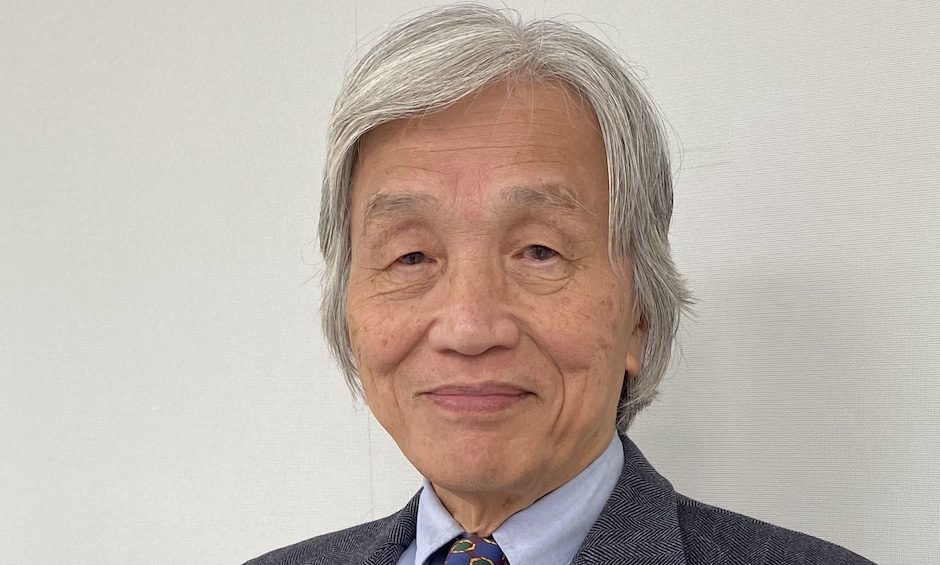
The Nd-Fe-B magnet is the world’s most powerful permanent magnet, described by the QEPrize Foundation as ‘transformational’ in its contribution towards enabling cleaner, energy saving technologies.
Dr Sagawa led the development and commercialisation of the sintered rare-earth permanent magnet for which he received the prize, awarded annually to celebrate engineering’s critical role in global society.
He created a new compound formed by replacing scarce and expensive cobalt and samarium with more abundant and cheaper iron and neodymium, at the same time introducing boron to improve the magnetic properties — the first step in delivering high performance to a mass market.
Sagawa then led research and development in the 1980s and early 1990s to successfully overcome the issues of sudden reduction of magnetic coercivity at high temperature, most notably by adding dysprosium (Dy) to improve heat resistance. This led to development of high-volume manufacturing techniques, commercialising the innovation.
For even wider applications, he continued to develop novel techniques for reducing the amount of dysprosium or even eliminating its use to help preserve natural resources. The result was a new magnet for the mass market that almost doubled performance of the previous best and successfully turned Nd-Fe-B magnets into a viable industrial material.
LED lighting innovators honoured with QEPrize
The new magnet has a significant advantage in high-efficiency and high-torque density applications, such as motors and generators for electric vehicles and wind power generation as well as in general applications where small powerful magnets are required including robots, automatic systems and domestic appliances.
A market predicted to be worth over $19.3bn by 2026, Nd-Fe-B has been recognised as key to the value chain of 8.5 million electric vehicles and hybrid electric vehicles in use globally.
Dr Sagawa said he was honoured to receive the prestigious prize, commenting: “The purpose of engineering is to benefit humankind, and this award inspires engineers to keep working towards their goals. Engineering is essential to solving today’s most pressing issues, and this includes tackling climate change.
“While neodymium magnets have a wide range of applications, one of the most important is its use for climate economy products such as electric vehicles and wind turbines.”
Lord Browne of Madingley, chairman of the Queen Elizabeth Prize for Engineering Foundation, awarded Dr Sagawa the prize and described Sagawa’s innovation as the ‘embodiment’ of the ‘essence of engineering’.
Dr Sagawa will be formally honoured at the QEPrize presentation ceremony later this year and will receive £500,000 and a trophy designed by 2022 Create the Trophy winner Anshika Agarwal, aged 17 from India.
He becomes the first laureate since it was announced that the prize will be awarded annually rather than bi-annually, reflecting the increasing pace of engineering innovation.




Red Bull makes hydrogen fuel cell play with AVL
Formula 1 is an anachronistic anomaly where its only cutting edge is in engine development. The rules prohibit any real innovation and there would be...